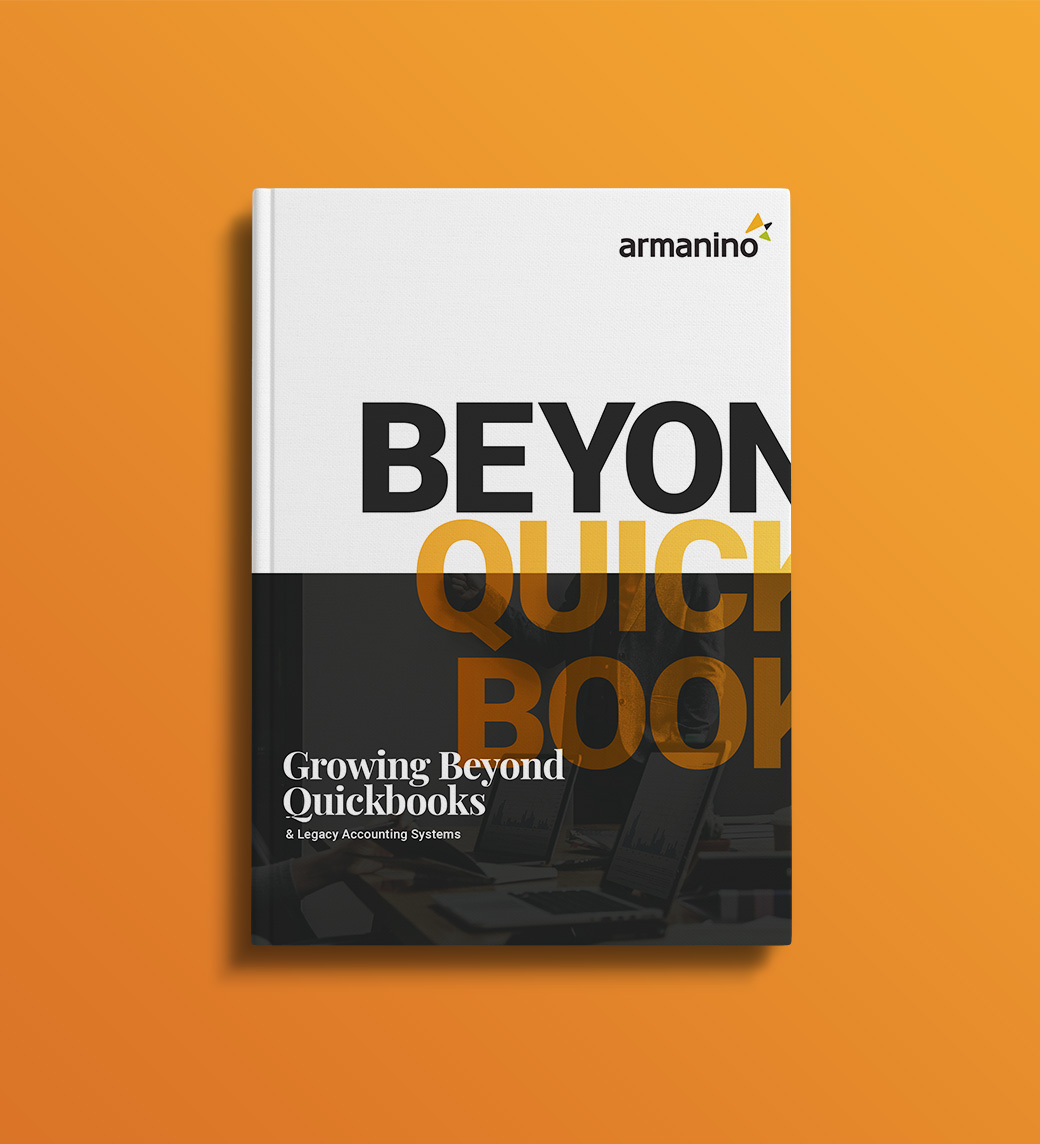
It's been two months, or two years, since your enterprise resource planning (ERP) system go-live. You’re familiar with the solution at this point, and you’re clear on where your software needs fine-tuning. Now it’s time to unleash the superhero in you, as you take the next step to improve your team’s processes and maximize your company’s ROI.
Whether you use Workday, Sage Intacct, Microsoft Dynamics or any other core finance solution, phase two (or post go-live) of your ERP implementation is your opportunity to tap into the full power of your ecosystem. Why? Because you now have a solid system as a single source of truth. And with increased control of your business functions, you have set the foundation to unlock the next level of growth.
To help you keep moving forward, the steps below offer a strategic approach to executing phase two of your ERP implementation. From leadership alignment to framework development, here’s how to start maximizing your software investment to boost efficiency and gain greater control of your financial processes.
Inconsistencies in data can lead to misinterpretation by your company’s different departments, and inaccurate information can result in poor decision-making or costly mistakes. This is why data prioritization is a key step in creating a cohesive plan of action for increased efficiency and process controls.
For example, it’s not uncommon for human resources (HR) and finance departments to have different views of a company’s headcount and the costs associated with it. For HR, headcount may depend on employee demographics, departments or where they sit inside an office building. Finance, on the other hand, may associate headcount with service lines, costs or regional organization.
The problem arises when you need specific reports and each department offers different analytics. In an environment that doesn’t support data standardization, HR and finance could provide inconsistent data. But when your company has a single headcount definition and source of information, the answer is always the same – no matter who you ask.
Prioritization is the power of one. It offers a single definition of data and consistent governance across departments. For companies looking to grow responsibly, it’s the first step toward a mature framework that aligns all departments and operations.
The impact of structuring your data and reporting goes beyond numbers. It brings departments together to eliminate silos and create a deep culture of alignment. In this way, data helps the entire organization prioritize its strategy. It establishes a cross-functional collaboration among stakeholders and helps you determine which projects are most impactful for your company, how you will implement them and what the holistic impact of these changes will be.
Adopting an ERP solution comes with inherent time-to-value expectations. Users often want to go live quickly to start seeing a return on their investment. Depending on where your organization is coming from or what the original objectives were, the transition from phase one to phase two may involve:
Maximizing your software in phase two requires top-down alignment within your organization’s internal priorities. At this point, leaders usually ask themselves:
At the highest level, leadership needs to create an integrated strategy and put a tactical committee in place to execute it. When putting this team in place, each department will still own and be responsible for specific processes. The tactical committee’s job is to create structured definitions and establish governance to maintain data integrity.
Using finance technology means implementing a mindset of constant evolution. It’s an environment that goes beyond transaction processing, to offer cutting-edge features that inspire continuous improvement.
As a product that matures and advances right along with your company, your ERP solution should serve as a framework that aligns with your employee experience. As you gain access to rich, real-time insight you begin to identify tailored automation opportunities that support the next phase of your evolution.
HR is not the only group that needs to consider the employee experience when developing your organization’s governance framework and how it comes into play with decision-making. For example, if you change the expense report approval process, you should keep in mind that this financial process also impacts the employees who submit reports.
In this ongoing journey of continuous improvement, changing your organization’s mindset is one of the most important objectives. As part of your strategic prioritization, these are some ways to instill a culture of sustained advancement:
Your ERP plays a critical role in your company’s growth and you have the power to speed your organization to the next level. Following these steps will help you achieve phase two of your implementation, as you continue to innovate your processes and leverage the full power of your finance software ecosystem.
For help in defining next steps for getting the most value out of your financial software, contact our experts.


